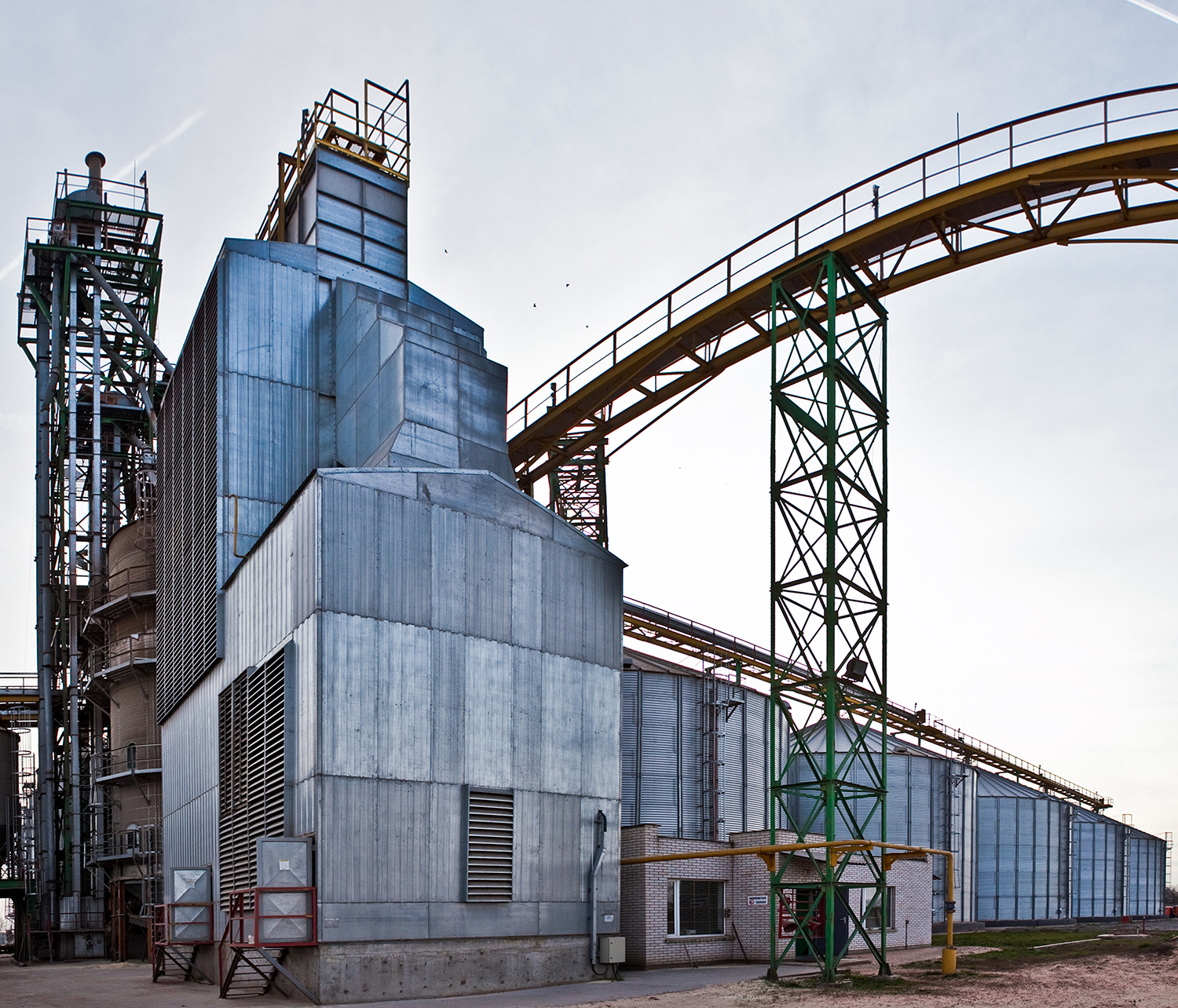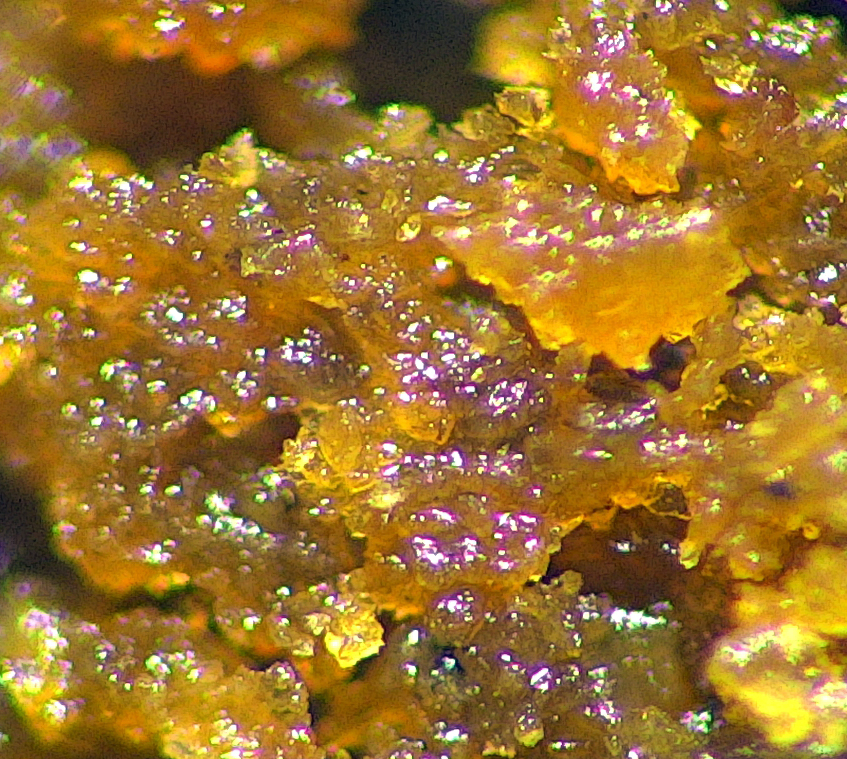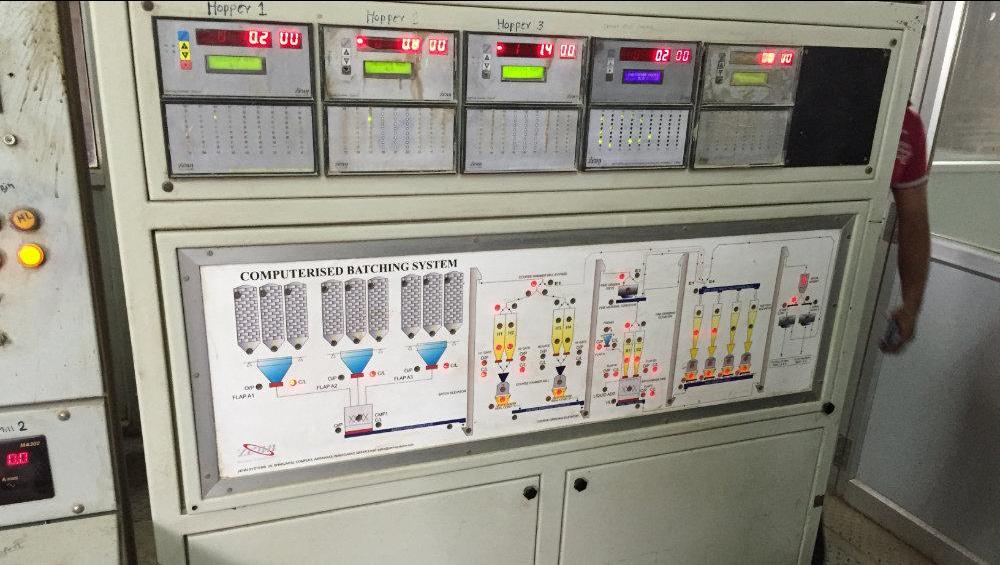Feed Quality Control Measures for Your Horse

Ensuring your horse receives high-quality feed is essential for its health, performance, and longevity. Poor feed quality can lead to nutritional deficiencies, digestive problems, and even toxicities. This article explores key measures to control and maintain feed quality effectively.
Why Feed Quality Matters

Feed quality directly impacts your horse’s digestion, energy levels, immune system, and overall well-being. Contaminated or spoiled feed can cause colic, laminitis, or other serious health issues. Therefore, implementing strict quality control measures is crucial.
Key Feed Quality Control Measures

| Measure | Description | Importance |
|---|---|---|
| Visual Inspection | Check for mold, dust, foreign objects, and discoloration in feed. | Prevents ingestion of harmful substances. |
| Smell Test | Detect musty or sour odors indicating spoilage or fermentation. | Early detection of feed degradation. |
| Moisture Content Check | Use moisture meters to ensure feed is dry enough to prevent mold growth. | Reduces risk of mold and mycotoxin formation. |
| Nutritional Analysis | Laboratory testing for nutrient content and contaminants like mycotoxins. | Ensures feed meets dietary requirements. |
| Storage Conditions | Store feed in cool, dry, and well-ventilated areas away from pests. | Maintains feed freshness and safety. |
| Supplier Verification | Source feed from reputable suppliers with quality certifications. | Guarantees consistent feed quality. |
Best Practices for Feed Handling
- Regularly clean storage bins and feeders to prevent contamination.
- Rotate feed stock to use older feed first and avoid spoilage.
- Avoid mixing different batches without testing to prevent inconsistent nutrition.
- Monitor feed intake and horse health to detect any adverse reactions early.
Frequently Asked Questions (FAQ)
How often should I test my horse’s feed?
It’s recommended to perform a nutritional and contamination analysis at least once per season or whenever you change feed suppliers.
What are common signs of poor feed quality?
Look for moldy smell, unusual color, clumping, and your horse showing signs of digestive upset like diarrhea or colic.
Can I rely on visual inspection alone?
Visual checks are important but should be complemented with smell tests and periodic lab analyses for comprehensive quality control.
Conclusion
Maintaining high feed quality is vital for your horse’s health and performance. By implementing these control measures and best practices, you can ensure your horse receives safe, nutritious, and palatable feed every day.
Would you like me to help improve the clarity or add more detailed sections on specific feed types or storage techniques?
